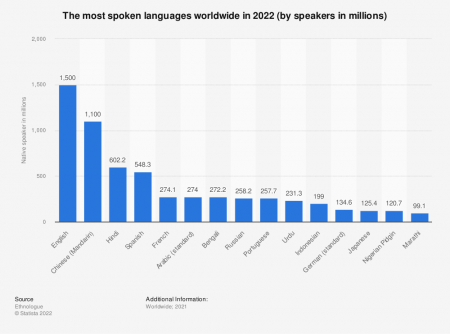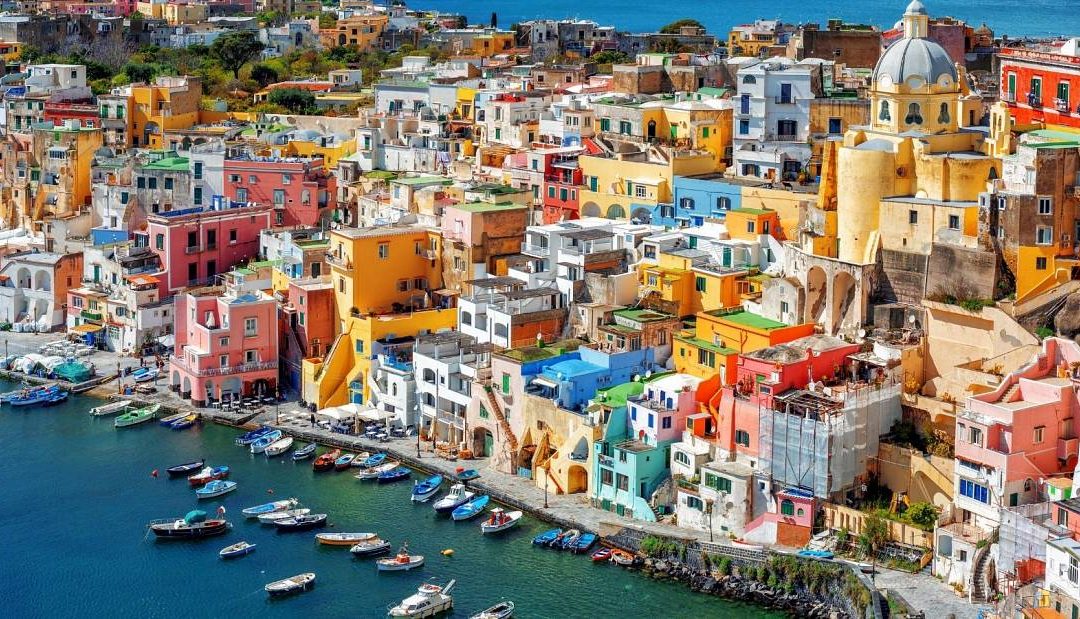You may ask yourself what is the point of nourishing the seeds of our cultural heritage when the U.S. culture will likely overshadow and subdue any attempts at maintaining our culture. You may be asking this from the lens of an early or mid career professional, a parent or a business with ties to another country or culture. How can you safeguard the pillars of cultural heritage when everything around obliges us to conform and blend in? Before we can answer that question, it may be worthwhile to first take a look at how the United States came about from a demographic perspective, regroup to define the term Cultural Heritage and then begin to understand where to go from there.
Given its immense size and diverse heritage, it is fair to say that the United States of America possesses one of the most complex cultural identities in the world. Since the Europeans first discovered and colonized the land back in the 15th and 16th centuries, millions of immigrants from all over the world have journeyed to America and called it their home. This combination of cultural backgrounds and ethnicities has coined the term “melting pot” for the United States. That said, as the third largest country in both area and population, this has enabled the formation of subcultures within the United States.
According to the United Nations Educational, Scientific and Cultural Organization (UNESCO), the word heritage in its true meaning of the term includes the cultural legacy which we receive from the past, which we live in the present and which we will pass on to future generations. To be sure, cultural heritage is not limited to monuments and collections of objects. Rather, it consists of living expressions inherited from our ancestors, such as oral traditions, performing arts, social manners, rituals, festive events, knowledge and practices related to nature and the universe, and knowledge and techniques linked to traditional crafts. For cultural heritage to pass on to future generations, we need to ensure that we are able to navigate cultural nuances and achieve cultural competency that harmonize our heritage culture with our current environment. Our success at this will not only propagate our cultural legacy but also equip us with the skills to navigate today’s global environment.
Research shows that there is a fragile global heritage, including ethnic cultural traditions, being threatened by extinction in a modern world. Specifically, according to UNESCO, the world’s linguistic diversity is a ‘fragile heritage’ at risk of being lost. Not only is language a key ally in the fight against discrimination but language preservation in and of itself, safeguards the world’s cultural heritage and promotes creative diversity. According to a new study conducted by researchers from The Australian National University (ANU), 50 % of the estimated 6,700 spoken languages worldwide are in danger of disappearing by the end of the century. Published in Nature, Ecology and Evolution, this study points out that at present, one language is lost every three-month period and is projected to triple in the next 40 years, with at least one language lost per month unless measures are taken to circumvent that. As well put by Professor Bromham from the study, “When a language is lost or is ‘sleeping’ as we say for languages that are no longer spoken, we lose so much of our human cultural diversity”.
 English is the world’s most widely-spoken language. Image: Statista.
English is the world’s most widely-spoken language. Image: Statista.
While the new digital age is said to be largely responsible for the fall of some indigenous dialects due to a focus on a few major languages at the expense of smaller ones, it is still not too late. As Bromham continues, “Many of the languages predicted to be lost this century still have fluent speakers, so there is still the chance to invest in supporting communities to revitalize indigenous languages and keep them strong for future generations”. Just like a thriving society needs a strong economy, a healthy economy can only be built on a vibrant culture that promotes individual and social well-being. Nourishing the seeds of cultural heritage is at the essence of well-being as it does not only promote better connections with our heritage and the world but also continuity of traditions, values, and know-how.
It is not enough to just call ourselves an American of Spanish, French or any other heritage. Rather, we should ask ourselves to what extent are we making an effort to embrace the culture that we associate ourselves with by owning our heritage whether it is through ensuring that we learn the language and/or pass on the know how of our cultural values. The easy route is usually not the best route and fully embracing our culture requires a holistic approach that is rooted in authenticity and a conviction in the benefit of embracing our cultural identity.
Gain Bridges simplifies access to markets through its language training programs in Spanish, Italian, French and Arabic. Our year-round programs are offered as individual or group sessions and can also be tailored to meet an organization’s needs in providing language training for its employees. Gain Bridges is a wholly owned subsidiary brand of Gain Contact Group, a lifestyles and learning educational organization focused on providing customized learning solutions to individuals and organizations.


Recent Comments